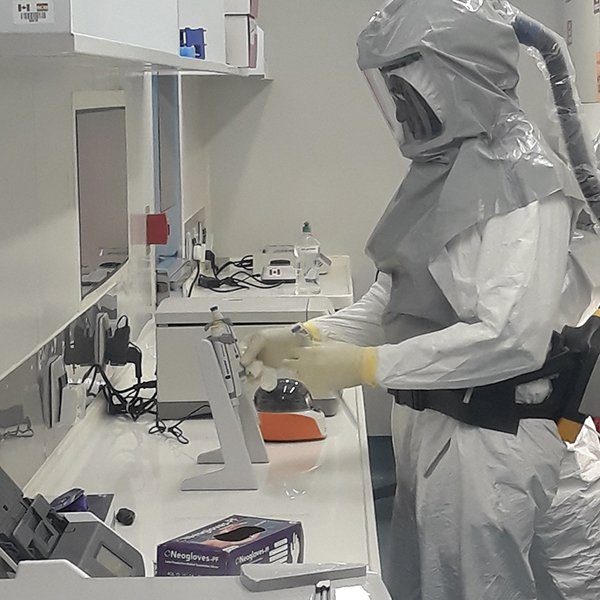A global partnership to mitigate biological threats

The COVID-19 pandemic has shown that infectious disease outbreaks – whether natural, accidental or deliberate – have the ability to paralyse the planet and cause unparalleled, whole-of-society impacts. It is therefore imperative to mitigate biological threats.
As the international community comes together to fight COVID-19, it must also heed the warning issued by UN Secretary-General António Guterres, that ‘the weaknesses and lack of preparedness exposed by this pandemic provide a window onto how a bioterrorist attack might unfold – and may increase its risks’.
Bioterrorism and bio-weapons threats are daunting but not new. And therein lies the good news: as an international community we know how to meet them. For nearly two decades, Canada’s Weapons Threat Reduction Program (WTRP) and other members of the G7-led Global Partnership against the Spread of Weapons and Materials of Mass Destruction (GP) have been working at the health−security interface to deliver capacity-building programmes and mitigate global biological threats.
We are pleased that the programming implemented by Canada and other members of the 31-country GP is currently supporting the global response to COVID-19. This includes a long-standing partnership between Canada’s WTRP and Ghana’s Veterinary Services Directorate, supported by the Canadian Food Inspection Agency, which has paved the way for COVID-19 testing in Ghana.
The World Organisation for Animal Health (OIE) has played an instrumental role in enabling successes like this. For more than a decade, the OIE and GP have collaborated to strengthen global biosecurity. Together, we have worked to maintain global freedom from rinderpest, to convene global conferences on biological threat reduction, to protect countries from agro-terrorism and to design more sustainable laboratories.
The veterinary and security sectors have accomplished much together, but much more remains to be done to achieve our common goal of preventing, detecting and responding to all manner of disease threats.
An article from the OIE Bulletin: Read the original here

